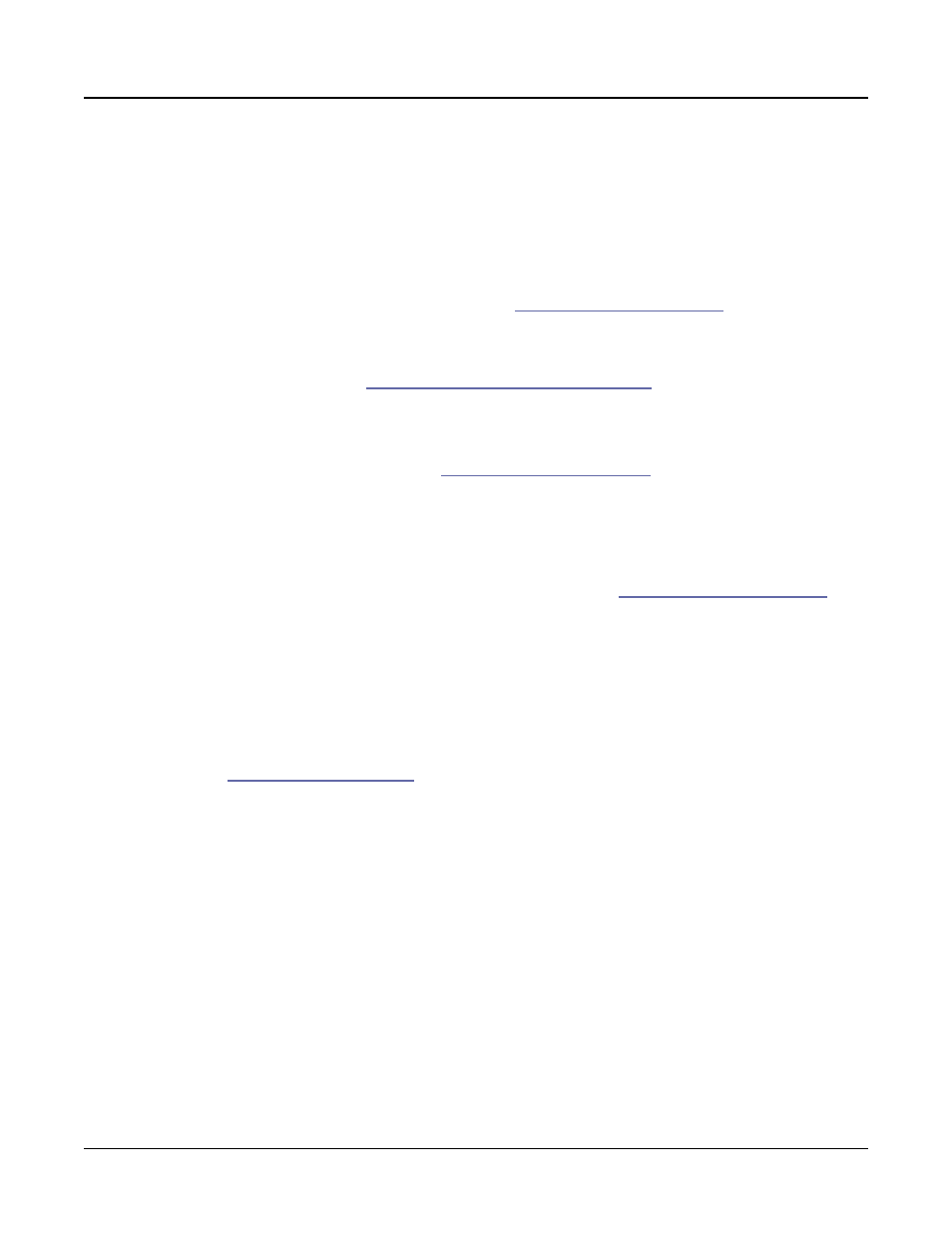Limit option, Limit option -59 – Kurzweil Forte User Manual
Page 156

Program Edit Mode
Arpeggiator Common Parameters
7-59
Autohold
is similar to Auto. Holding at least one arpeggiated note on and playing other
notes latches those notes. Unlike in Auto mode, if you stop holding at least one arpeggiated
note on, the arpeggiation continues playing (although you can’t latch any more notes). In
this case, if you strike another key within the arpeggiation range, you start a new arpeggiation
sequence. Autohold is useful for arpeggiating chords: when you play a chord, it gets latched,
and continues arpeggiating after you release the chord. When you play another chord, the
previous chord gets unlatched, and the new one gets latched. You can use the ARP ON soft
button to stop arpeggiation at any time (see
for details).
1NoteAuto
is similar to Autohold, except only the last note played is latched (even if
previously played notes are still being held). 1NoteAuto is specifically designed for use
with Shift Patterns (see
“Shift Pattern (ShiftPatt)” on page 7-62
) because Shift Patterns are
designed to be played from one note at a time (though you can use 1NoteAuto without a
Shift Pattern as well). Using 1NoteAuto ensures that Shift Patterns will sound correct by only
allowing one note at a time to trigger the pattern. You can use the ARP ON soft button to
stop arpeggiation at any time (see
1NoteAutoLow
and 1NoteAutoHi are also designed for use with Shift Patterns. They work
similarly to 1NoteAuto, except 1NoteAutoLow always latches the lowest note when holding
multiple notes, and 1NoteAutoHi always latches the highest note when holding multiple
notes. You can also use these latch types without a Shift Pattern if desired. You can use the
ARP ON soft button to stop arpeggiation at any time (see
for
details).
Limit Option
This parameter determines what the Arpeggiator does when it has shifted the currently
arpeggiated notes up (or down) to the value set by the Shift Limit parameter. To access all of
the Limit Option settings, the Global Mode User Type parameter must be set to “Advanced”
(see
Stop
causes the Arpeggiator to stop when it reaches the shift limit.
Reset
causes the Arpeggiator to return to its original pitch and repeat the cycle of notes.
Unipolar
means that after playing up to the shift limit, the Arpeggiator begins shifting
notes in the opposite direction, until it reaches the original pitch, where it reverses again.
To determine the next note when it reaches the shift limit, the Arpeggiator calculates the
interval between the shift limit and what the next note would be if the shift limit weren’t
there. It then plays the note that is the calculated interval lower than the last note before the
shift limit. The same thing happens in reverse when the arpeggiated notes get back down to
the original pitch. The following table makes this easier to visualize by showing the result of
arpeggiating one note (C4) in Unipolar mode, with Shift Amount set to 3 ST and various
values for Shift Limit.
